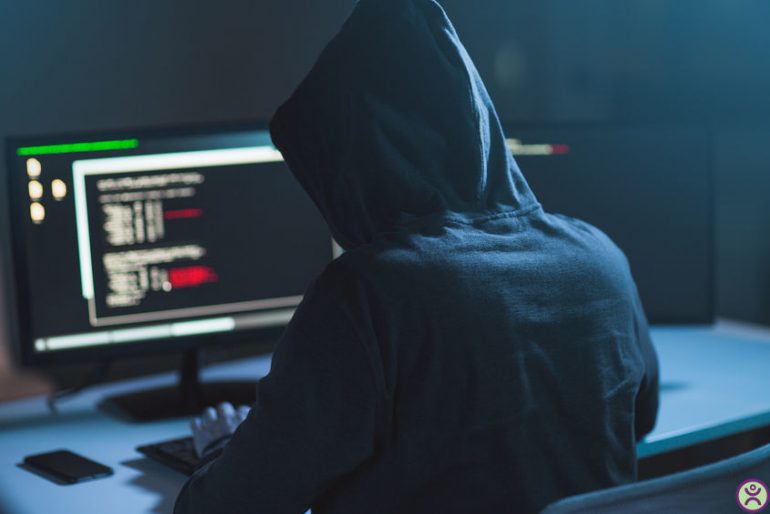Cheaters don’t kick down the door wearing a neon sign. They slide in: silent aim, soft walls, jitter that looks like a montage until you watch it frame by frame. The industry’s counterpunch keeps evolving, kernel drivers, machine‑learning filters, legal heat, but your eyes and your team’s instincts still matter.
Call of Duty’s RICOCHET has reported 228,000 bans since Black Ops 6 launched, with 23% caught before playing a single match; more UI detail in killcams now aims to cut false reports, because a lot of “hackers” were just console players with legit intel perks. Read that twice. Then trust your footage.
Field signs, not superstition
Watch for aim behavior that snaps, not flows, micro‑teleports to head hitboxes, pre‑aim through geometry, or reaction times that sit in the impossible zone. Academic work keeps landing on the same rule: anomaly detection beats gut feeling.
Transformer and RNN models trained on FPS telemetry reliably flag aimbot patterns, especially when hit rates and flick consistency spike beyond human variance. That’s the lab view; in a match, you mirror it by comparing your own POV with replays and stats, suspicious multi‑headshots in sub‑200 ms windows, repeated angle pre‑fires without sound cues. Keep receipts: clips, timestamps, server IDs.
The system tells: when anti-cheat gets serious.
Riot’s Vanguard runs at the kernel level and expects Secure Boot + TPM on modern Windows; if your box isn’t “trustworthy,” it won’t even let you queue. Valorant and League diagnostics have rolled out to prepare players for the mandatory Vanguard in 2024–2025.
However, Windows driver mitigations have occasionally clashed, prompting Riot support guidance and community fixes. That posture, which stands for hard guarantees at boot, exists for one reason. Cheats like bootkits and DMA gear need low‑level access.
Epic’s Fortnite now requires TPM and Secure Boot for high‑tier tournaments, explicitly to block early‑load tampering. You’ll see bans tighten, but you’ll also see clearer appeals and second‑chance structures in 2025.
Platform snapshots: where the heat’s hottest
Warzone/BO6’s anti‑cheat cadence accelerated through Season 2 and Season 3. First, 136,000 ranked cheaters were banned, followed by 228,000 overall since launch. Additionally, new ML replay analysis and killcam transparency aim to reduce “it looked sus” reports.
Fortnite went legal and technical: lawsuits, Cronus script removal, tougher rules, and a one‑year matchmaking ban for first‑time cheaters starting April 2025. Valve’s VAC pulses in waves; spring 2024 saw reports of ~26,000 CS2 accounts banned in two weeks, and early‑2025 waves bit into inventory‑trading abuse.
Apex leaned on metrics, claiming 30%+ drops in match infection rates since Season 22 with tooling tweaks and platform changes. PUBG’s roadmap acknowledges the arms race, signposting DMA hacks and region-specific patterns. Krafton cited 30,000 DMA bans in August 2025, pushing toward real-time blocks, data, not vibes.
Raw Fact: the fight isn’t just shooters
Yes, casino lobbies too. Online slots, blackjack, and live roulette are good houses that run certified RNGs and audited RTP, because randomness isn’t a promise; it’s paperwork. UKGC‑licensed casinos mandate third‑party testing (eCOGRA, GLI, iTech Labs), with platform‑wide audits to prove outcomes are unbiased across millions of spins.
If you’re spotting “lucky strings” that look rigged, check licensing, audit seals, and complaint processes. Regulators have pulled licenses for non‑compliance, and certified operators publish evidence of fairness. If you are also looking for a fair platform, visit Lukki.
In 2024–2025, iGaming fraud shifted toward multi‑account bonus abuse, synthetic IDs, and bot farms, which means device fingerprinting and behavioral biometrics are now standard defenses. This isn’t paranoia, it’s survival. But there are some legitimate games with lucrative bonus options that are not fake. Discover bonus info that premium platforms are offering.
Practical detection: your on‑match playbook
Start with footage. COD’s revised killcam feeds extra context; Valorant’s Vanguard restrictions make boot‑level tampering harder; Apex reports now feed back infection trends. Use those.
Stack your own indicators: sudden 70–80% headshot rates in chaotic TTK environments, laser‑straight tracking at close range without micro‑corrections, repeated pre‑aim through smoke when sound doesn’t justify it.
Report, but keep it clean; spam reports don’t stack in COD’s system. One user’s 10,000 clicks equals one report. If your tournament scene’s on PC, confirm Secure Boot and TPM status ahead of time; it saves you from any issues.
Data beats drama: use patterns, not feelings.
Behavioral ML isn’t just a buzzword. Papers from 2023–2025 show anomaly detection models catching aim‑assist and wallhack patterns even when cheats avoid memory injection and run off external CV pipelines.
Game telemetry, including parameters like angles, recoil corrections, and flick durations, becomes a fingerprint. The moment your clips and server logs align with those anomalies, your report isn’t just “this guy felt off”; it’s evidence.
Network-level abuse, such as lag switches, sync manipulation, and new frameworks generating labeled data, helps developers distinguish between bad networks and bad actors. That’s how bans get faster and false positives stay low.
Casino angle, part two: what real fairness looks like
If you wander into roulette tables online, look for RNG certifications and seal numbers. eCOGRA’s protocols test distributions, reseeding, and drift across huge samples, and UKGC audits ride operators hard on RTP disclosure and dispute handling.
Licensed sites pair RNG with KYC and AML controls; your ID friction isn’t a hassle, it’s a guardrail. Meanwhile, fraud on the payments side is ugly: chargeback “friendly fraud” continues to rise, with U.S. merchants losing $4.61 per dollar to downstream costs in 2025 estimates.
This explains why casinos deploy heavier verification on promo cash‑outs. The signal remains the same. Clean platforms publish their math.
Edge cases: false positives and second chances
Anti‑cheat isn’t perfect. RICOCHET patched a detection workaround in late 2024 that affected a small number of legitimate players. Epic formalized appeals and changed lifetime first offenses to one year, then lifetime for repeat offenses.
Apex publicly graphed infection rates and multi‑reported accounts to show trendlines, not vibes. Healthy ecosystems show their homework: bans, appeals, restored accounts, and new tooling.
If your clip is airtight, pursue the appeal path; if your OS or BIOS flags don’t meet kernel‑driver requirements, fix them before a qualifier. Less drama, more status lights.
Closing action: how do you actually spot them?
Here’s the concrete, no‑spin finish. Treat cheater detection like film study. Record matches. Scrub the killcam. Compare aim arcs and recoil corrections against human jitter. Log unusual pre‑aim through line‑of‑sight breaks.
Check your rig’s security posture if you play tournaments. TPM and Secure Boot on, drivers current. Verify casino RNG seals and licensing in any real‑money lobby. Report with clips, timestamps, match codes; don’t spam, don’t witch‑hunt.
The industry’s getting sharper, COD’s bans, Apex’s infection drop, Fortnite’s hardware rules, PUBG’s zero‑day DMA blocks, but cheaters still adapt. You adapt faster. That’s how you detect them. That’s how you keep your lobbies clean.






